Operational efficiencies and cost-out improvement – it’s like a game of soccer.
Operational efficiencies and cost-out improvement is the process of finding and eliminating unnecessary expenses to improve profitability without compromising quality or performance. This is a growing challenge for Australian businesses. With a mere 0.1% GDP growth in the March 2024 quarter, economic relief seems distant. The Reserve Bank of Australia (RBA) forecasts, “Economic growth is expected to remain subdued over most of 2024, with the outlook a little weaker than three months ago, as earlier interest rate increases continue to weigh on demand.”
The aim in soccer is to score goals and win the match. For businesses, the goal of operational cost-out is to achieve greater efficiency and greater profitability. Successful efficiency initiatives lead to reduced operational expenses, improved margins, and a stronger competitive position. Just as a soccer team celebrates its victories, businesses can enjoy the benefits of a leaner, more efficient operation.
Businesses are adopting operational efficiencies and cost-out tactics to maintain margins and equity returns to investors. Flat revenue growth is worsened by rising capital costs, prompting businesses to defer or scale back CAPEX. Higher labour and other input costs have necessitated restraint in discretionary OPEX.
These are immediate and prudent fiscal tactics, but in the current environment, what else can a business do?
At GWI, our experience in finding efficiencies tells us that a strategic approach leads to lasting operational improvements. The post-COVID wave of digital transformation resembles a frantic first half of soccer. Businesses are now taking a half-time breather to reassess their tactics for the second half.
In our experience, a refreshed operating model and functional assessment is the proven way to achieve operating gains. This focuses on four areas:
-
- strategic planning and goal setting,
-
- team coordination and communication,
-
- investment in skills and technology, and
-
- performance monitoring & adaption.
Strategic planning and goal setting
Like a soccer team with a clear game plan, businesses need a strategic plan to set the direction of the business, guide where to play, and how to win. When the business is clear on what it does and does not do, it is easier to find operational efficiencies and cost-out opportunities.
This involves setting clear, achievable goals for improvements, finding key areas for savings, and prioritising initiatives based on their potential impact. For example, a business might focus on reducing energy consumption, streamlining supply chain operations, or renegotiating supplier contracts. Each initiative should be ruthlessly prioritised and executed to maximise efficiency and savings. What will you stop doing?
Team coordination and communication
A soccer team’s success relies on the coordination and skills of its players. Similarly, a business’s operational efficiency depends heavily on its workforce. Efficiency initiatives often begin with a thorough evaluation of workforce capability and capacity. This involves ensuring that staff are trained in contemporary skills; are in the right roles (and enough of them); and are fostered in a culture of continuous improvement. Has the role of partners been considered – what should the business do for itself and where is it more efficient to partner? Like a soccer coach, business managers must inspire and align their teams towards common goals, emphasising productivity and innovation.
Investment in skills and technology
Soccer teams invest in training and technology to enhance on-field performance. Similarly, businesses must invest in skills development and technological advancements to drive cost-out initiatives. Training employees in Lean management practices, for example, can help find waste and improve operational efficiency. Implementing advanced technologies to deliver automation, data analytics, and artificial intelligence can also lead to significant cost savings by streamlining processes and reducing manual labour. Has the business considered an Efficiency Dividend?
Performance monitoring and adaptation
During a soccer match, coaches and players constantly monitor their performance and adapt their strategies in real time. In business, continuous monitoring and adaptation are crucial for successful cost-out initiatives. Evidence-based performance measures should be established to track progress and measure the effectiveness of cost reduction efforts. This involves gathering feedback, assessing the impact on overall operations, and making necessary adjustments for future improvement. Continuous improvement ensures that businesses stay agile and capable of responding to changing economic and market conditions.
We believe that now is the time for businesses to critically evaluate their post-COVID transformations and assess what to do next. This evaluation should be fuelled by data to determine the best operational improvements for sustained margin impact. An independent, outside-in perspective is essential to avoid internal hierarchies and political bias. This approach ensures the development of realistic and actionable efficiency initiatives aligned with the business’s strategic intent.
Let’s work together to put a few balls into the back of the net…
If you would like to arrange a confidential discussion, get in touch with GWI.




